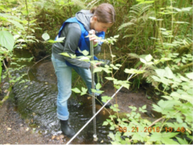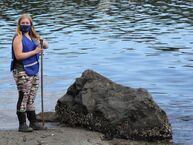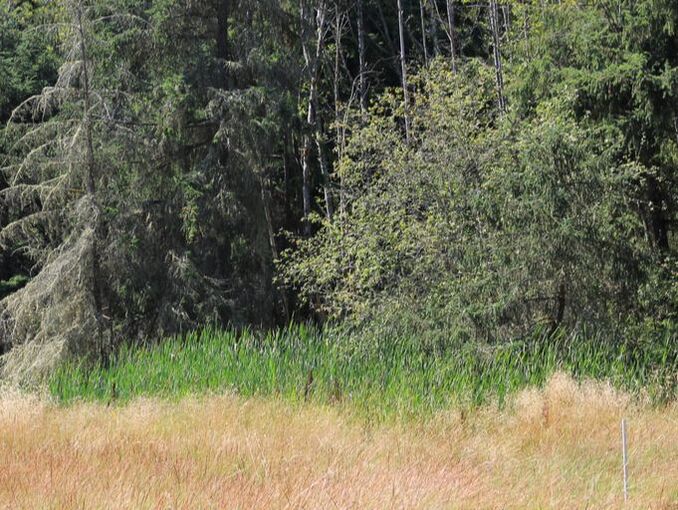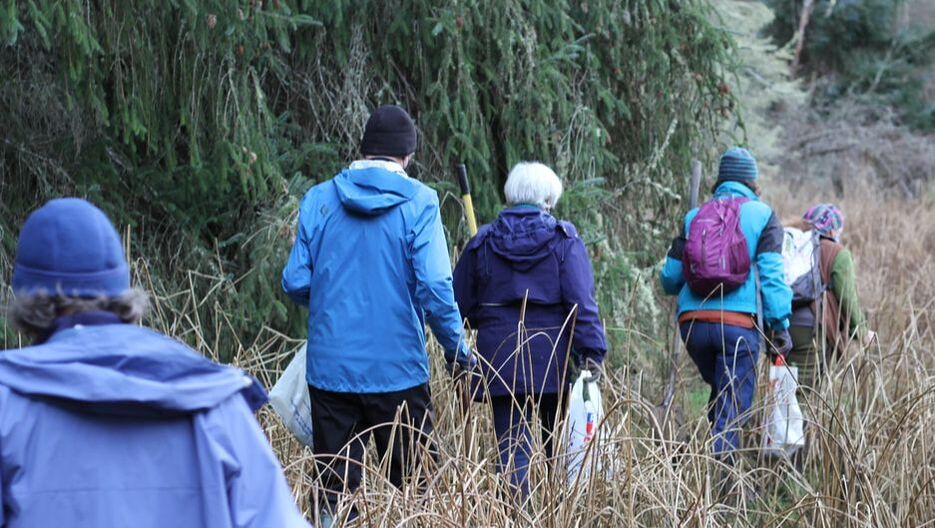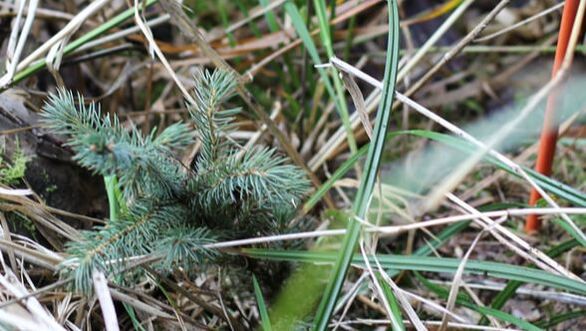Summer Volunteer Opportunities in Community Science at Stillwaters
Melissa Fleming, Ph.D., Program Director
Stillwaters monitors a variety of environmental variables to assess the recovery of the lower Carpenter Creek watershed for salmonids since the removal of two undersized culverts near the mouth of the creek.
We accomplish this with a part time staff, college and high school interns, and dozens of volunteers who are the nervous system and life’s blood of everything we do. We are excited to be able to ramp up our training of new volunteers again for the first time in more than a year. We have opportunities for volunteers of varying abilities and energies, from very agile to more sedentary, all of which make critical contributions to our work.
For more information, email our Program Director, Melissa Fleming ([email protected]).
We accomplish this with a part time staff, college and high school interns, and dozens of volunteers who are the nervous system and life’s blood of everything we do. We are excited to be able to ramp up our training of new volunteers again for the first time in more than a year. We have opportunities for volunteers of varying abilities and energies, from very agile to more sedentary, all of which make critical contributions to our work.
For more information, email our Program Director, Melissa Fleming ([email protected]).
Monthy Monitoring
Stream - Estuary - Bird
StreamVolunteers monitor water quality, including nitrate and phosphate pollution and fecal coliform, at 3 to 4 sites on Carpenter Creek once a month on a Sunday morning. We also collect data on stream flow, canopy cover and other environmental factors that contribute to the stream being desirable spawning and rearing habitat for coho salmon and cutthroat trout (and possibly threatened steelhead).
|
EstuaryMany of the same water quality measures (e.g., salinity, dissolved oxygen, pH, turbidity, fecal coliform) are also sampled in the brackish and saline waters of the salt marsh, estuary, and at Arness Beach and the Kingston Marina. Estuary monitoring happen once a month during a ~ 10 ft tide, so time and days vary.
|
BirdVolunteers visit multiple sites in the lower Carpenter Creek watershed starting at 8:30 AM year around on the first Monday of the month. We are also investigating the possibility of a second set of volunteers monitoring additional sites monthly in the early evening, such as the upper salt marsh and the Beebe Conservation easement on Barber Cut Off Rd. The vegetation in these two areas is undergoing recovery and restoration and we are interested in how birds are using these areas as the vegetation changes.
|
Sediment Sampling
Monitoring changes since culvert removal
Salt Marsh Vegetation Projects
Random vegetation plotsThis will be our 4th year of sampling 15 vegetation plots in various parts of the salt marsh. In 2019, we trained a dozen volunteers in salt marsh plant I.D. and documented the species and distribution of plants in each meter-square plot. Additionally, sampling the pore water (water in the soil around the plants roots) in these same plots allows us to compare changes in salinity since the 2018 culvert removal at West Kingston Rd to changes in plant communities in the marsh. We could use help with both the plant survey and the pore water survey.
|
Reed canary grass expansion/contractionWe are also documenting the growth of invasive reed canary grass along Carpenter Creek in the high marsh. Pore water sampling suggests that reed canary expansion is restricted by higher soil salinity in parts of the marsh. We will be taking more pore water samples to further test this hypothesis as well as documenting any changes in vigor of existing reed canary patches by measuring stem densities and heights.
|
Sitka spruce growth & healthMany Sitka spruce around the salt marsh edge have died in recent years, particularly younger ones. We need volunteers to help us document the health and vigor of Sitka spruce seedlings planted in February as well as older trees along the marsh edge. We will be measuring soil saturation and pore water salinity at various depths around some of the trees to determine whether exposure to too much salt water or fresh water (trees can drown if their roots don’t get enough oxygen) may be contributing to their demise. We will also be taking cores of some older trees to see if we can figure out when during their lifetimes the stresses contributing to the demise of many of the younger trees started.
|

